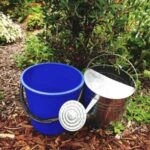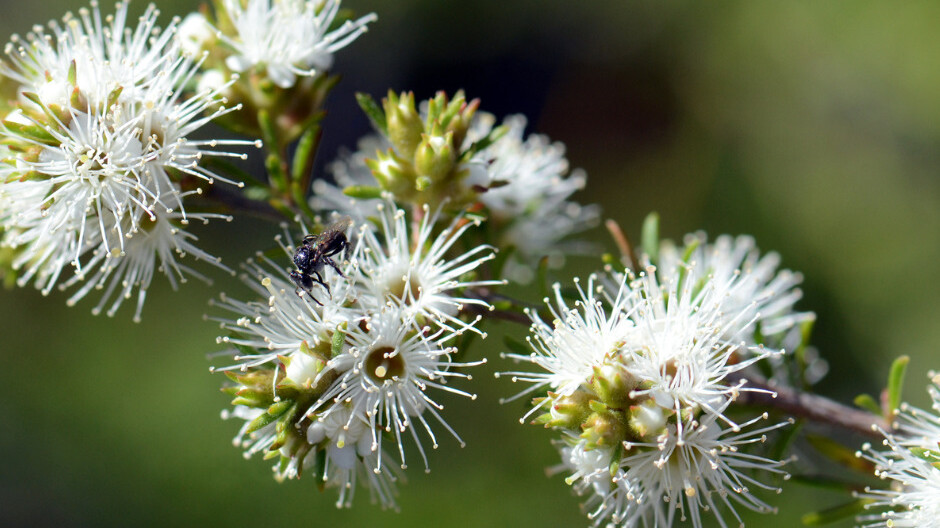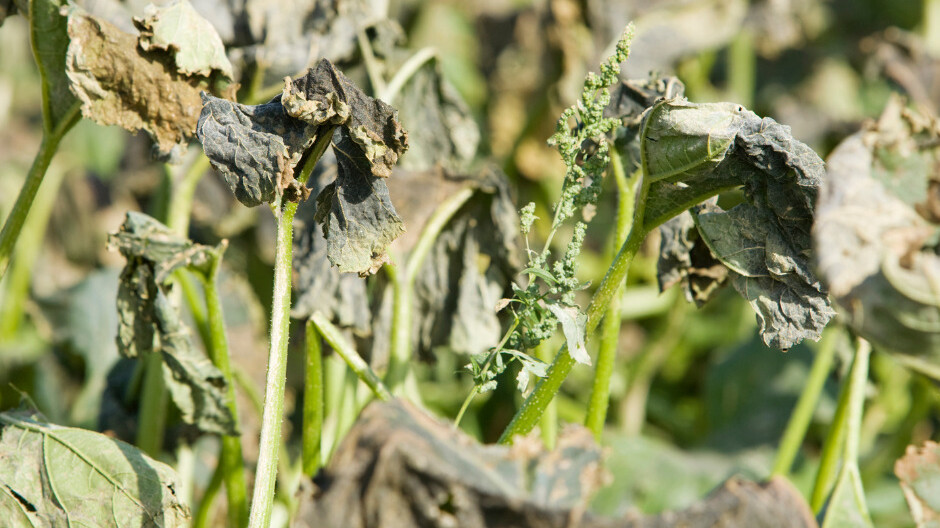Controlling mosquitoes sustainably in gardens is a challenge now that many parts of eastern Australia are experiencing such high rainfall. Conditions for mosquitoes to breed are ideal with so many pools of water, large and small, in mild to warm weather conditions1 and climate change is causing an extension of their range from the tropics to sub-tropical and temperate areas2. Controlling mosquitoes with chemical sprays pollutes the environment and is not the way to go since, in the long run, this only leads to them evolving to resist those chemicals.
Why are Mosquitoes a Problem?
Mosquitoes bite and feed on the blood of animal species such as humans, horses and cattle, as well as birds. Not only are mosquitoes annoying because of the itching resulting from their bites, but they spread disease. Some diseases such as Barmah Forest virus, Murray Valley encephalitis, dengue fever, Japanese encephalitis and Ross River virus are currently found in Australia3,4. Of concern is that these diseases might occur further south than their current ranges due to the combination of increased rainfall and rising temperatures.
How to Protect Yourself and Others
Remove standing water
 Any persistent water can act as a breeding ground and harbour the larvae (wrigglers). So
Any persistent water can act as a breeding ground and harbour the larvae (wrigglers). So  either empty these reservoirs or remove them from where they can collect water. They include, watering cans, jars, bottles, tanks, buckets, jerry cans, bird baths and saucers under pots1.
either empty these reservoirs or remove them from where they can collect water. They include, watering cans, jars, bottles, tanks, buckets, jerry cans, bird baths and saucers under pots1.
Ponds and puddles cannot be easily removed, so other methods are needed (read on).
Repellents
Scented plants
Many scented plants act as repellents e.g. lavender, marigold, lemon grass (citronella), catmint, rosemary, basil, scented geranium (citronella), bee balm, mint, floss flower (Ageratum), sage, alliums (garlic, onions etc), yarrow and fennel. Growing those in your garden would be helpful.
Personal repellents
There are a number of commercially available chemical repellents that can be placed on your skin. They are available as creams, wipes, sprays, aerosols and in wearable devices such as wrist bands. The most effective contain diethyltoluamide (DEET), picaridin (odourless) or oil of lemon eucalyptus. Care is recommended with DEET since some people are sensitive to it, reacting with skin irritations, nausea or headaches. Tea tree oil is also useful.
Others
Vapour dispensing units can be used inside dwellings. Outdoors, mosquito candles or colls which burn natural oils such as lemongrass, citronella, peppermint and other oils mentioned above, can be used. These are, however, not specific for mosquitoes and may harm other species.
Barriers
Clothing
Wear long, loose fitting and light-coloured clothing when outside. Mosquitoes are attracted to dark colours and shady areas. Shoes should be closed – don’t wear sandals..
 Screens
Screens
Cover all windows, doors, vents, and other entrances with insect screens. Where commercial screens cannot be obtained, netting fixed firmly over the apertures is effective.
If sleeping outdoors, bed nets are helpful.
Behaviour
Since mosquitoes are less active in daylight, avoid being outdoors during hours between dawn and dusk.
Predators
Fish which eat mosquito larvae are very useful if added to ponds or dams. Australian native fish suitable for garden ponds are the Murray rainbowfish Melanotaenia fluviatis the crimson spotted rainbowfish Melanotaenia duboulayi and the Southern Blue-eye Pseudomugil signifer (also known as the Pacific blue-eye). They survive best north of the Goulbourn river in Victoria. For areas further south, the Australian smelt Retropinna semoni do well in ponds and do not pose a threat to frogs or tadpoles. Other fish like the pygmy perch or galaxias are available sometimes, but the pygmy perch can attack tadpoles5.Do NOT ADD NON-NATIVE FISH such as Gold fish, Guppies, Koi, Tilapias to water bodies since, although they also eat mosquitoes, they are invasive species which can deplete native fish numbers by either predation or depleting food sources
Do NOT ADD NON-NATIVE FISH such as Gold fish, Guppies, Koi, Tilapias to water bodies since, although they also eat mosquitoes, they are invasive species which can deplete native fish numbers by either predation or depleting food sources6Aquatic Invaders
Destruction by Other Methods
Pyrethrins derived from the natural sources can be sprayed to kill mosquitoes. However, pyrethrins are toxic to other insects as well so they need to be used carefully, preferably after dark when other insects are not so active. See our WiseGardening app and search for “pyrethrin” to see the risks to humans and other species of sprays containing pyrethrin.
Mosquito larvae can be killed or prevented from maturing by some commercially available products. There are liquid drops which coat water surfaces and can be applied to bodies of standing water. Another is BTi (a variety of Bacillus thuringiensis) which contains bacteria that infect and kill larvae. It is currently only available in large packs. Both products appear to be safe to humans and other species.
Methods NOT Recommended
Devices such as zappers or traps which attract mosquitoes with light and/or carbon dioxide will kill mosquitoes, but also kill other insects. General chemical insecticides have a similar disadvantage. When you search our app WiseGardening for “mosquitoes” you will see that even those listed specifically for mosquitoes carry moderate risks for other species.
The Future?
Given current climate and weather predictions, we will be facing more instances of long term changes in the natural environment resulting in threats to animal and human health due to disease vectors like mosquitoes moving south. More and more we need to recognise how interlinked humans are to the world around us and how we need to take care of it.References
- Forsyth JE, Mutuku FM, Kibe L, Mwashee L, Bongo J, Egemba C, et al. 2020 Source reduction with a purpose: Mosquito ecology and community perspectives offer insights for improving household mosquito management in coastal Kenya. PLoS Negl Trop Dis 14(5): e0008239. https://doi.org/10.1371/journal.pntd.0008239
- Reiter P. 2021. Climate Change and Mosquito-Borne Disease.. 2001. Environmental Health Perspectives•VOLUME109 |SUPPLEMENT1. Pp. 141 – 161.
- Takken W, Verhuls NO..Host Preferences of Blood-Feeding Mosquitoes. Annu. Rev. Entomol.. 58:433–53.
- Mosquito-borne disease. 2022. https://www.healthdirect.gov.au/mosquito-borne-diseases
- Native Fish Australia 2022.https://www.nativefish.asn.au/
- Aquatic Invaders Identification Guide. 2012. https://www.fish.wa.gov.au/Documents/biosecurity/introduced-pests-guide-freshwater.pdf
Related Articles:
Wildflower gardens – What’s the buzz about?
In the quest for sustainable and environmentally conscious practices, gardening enthusiasts and nature lovers alike are turning to a time-tested…
Thriving in the Heat: Managing Plant Heat Stress
As the mercury rises, your garden confronts the challenge of heat stress. Understanding how various plants respond to heat and employing appropriate…



